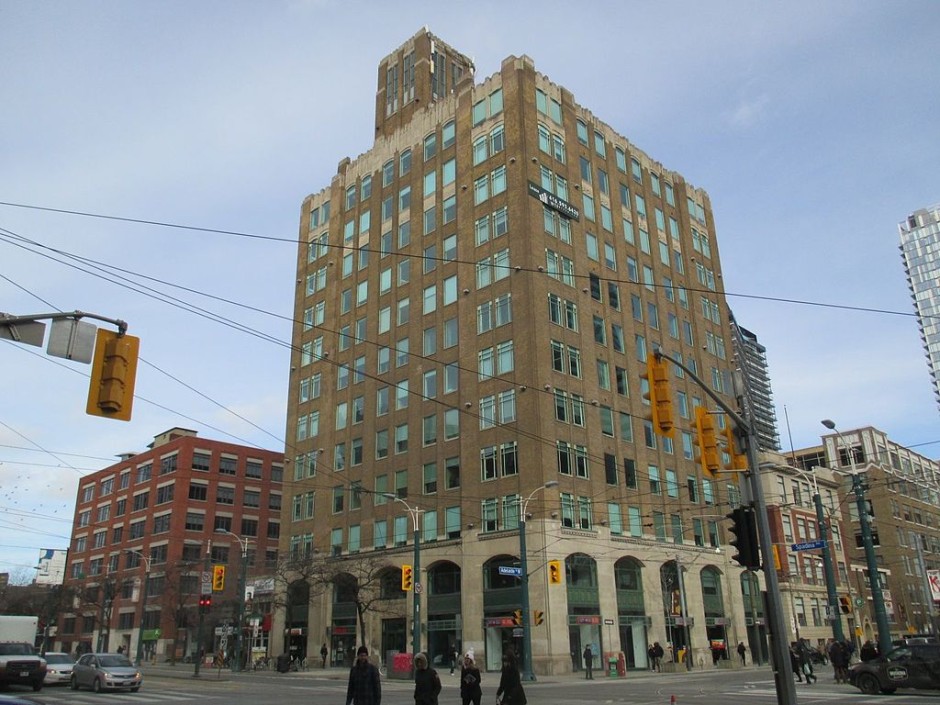Benjamin Brown left an extraordinary legacy.
One of the first practising Jewish architects in Canada, he designed several of the most distinctive buildings in Toronto, Canada’s biggest city.
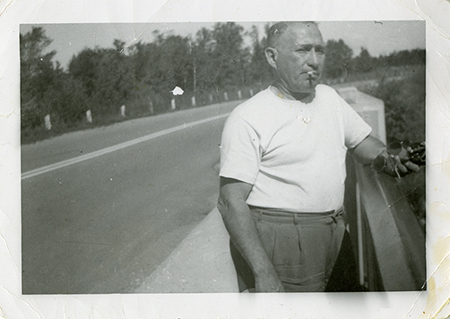
He succeeded in spite of the endemic antisemitism that held Canada in its grip before World War II and that placed obstacles in front of talented Jews like him.
Brown, who was born in 1890 and died in 1974, is the subject of an exhibition in Toronto’s Urbanspace Gallery (401 Richmond Street West) presented by the Ontario Jewish Archives, Blankenstein Family Heritage Centre.
Benjamin Brown Architect, which runs until April 23, features original drawings, blueprints, watercolor presentation boards, photographs and maps. A short film places Brown into historical perspective.
A 1913 graduate of the University of Toronto’s architectural program, Brown designed functional loft buildings constructed of reinforced concrete and dressed up in Art Deco style. His clients were primarily Jewish garment manufacturers who wanted buildings that could accommodate both factories and showrooms.
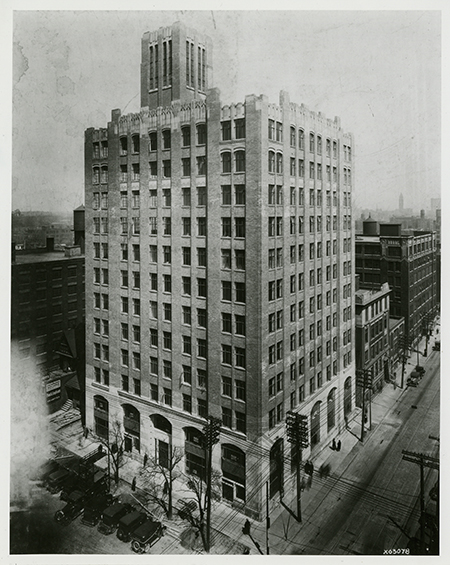
Among his most illustrious creation is the 12-storey Balfour Building at 119 Spadina Avenue, one of the finest examples of Art Deco architecture in Toronto. Completed in 1930, it was named in honor of Arthur Lloyd Balfour, the British foreign secretary who was instrumental in the promulgation of the 1917 Balfour Declaration, which favored the establishment of a Jewish homeland in Palestine.
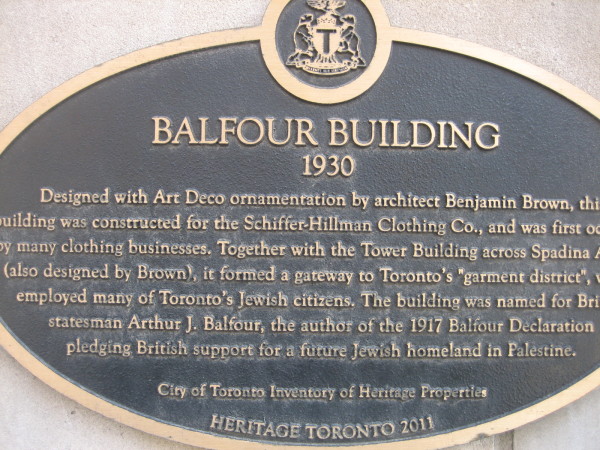
In the fashion district, Brown designed two other impressive buildings — the seven-storey New Textile Building at 2205 Richmond Street West, which was finished in 1924, and the 10-storey Tower Building at 106-110 Spadina Avenue, which was erected in 1927.
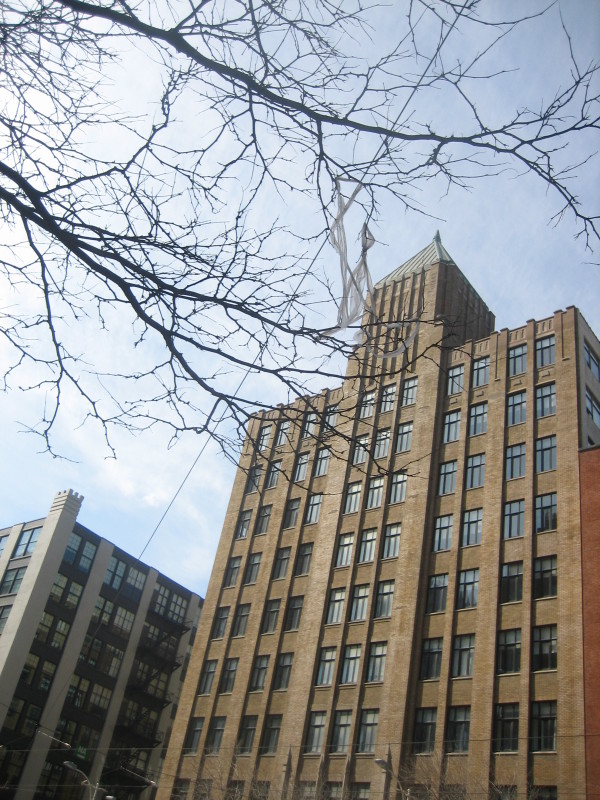
As well, Brown was the designer of the 14-storey Hermant Building at 21 Dundas Square. Commissioned by Percy Hermant, the Russian-born proprietor of the Imperial Optical Company, it was ready for occupancy in 1929.
Apart from these commissions, he designed the Beth Jacob Synagogue on Henry Street and the Primrose Club on Willcocks Avenue.
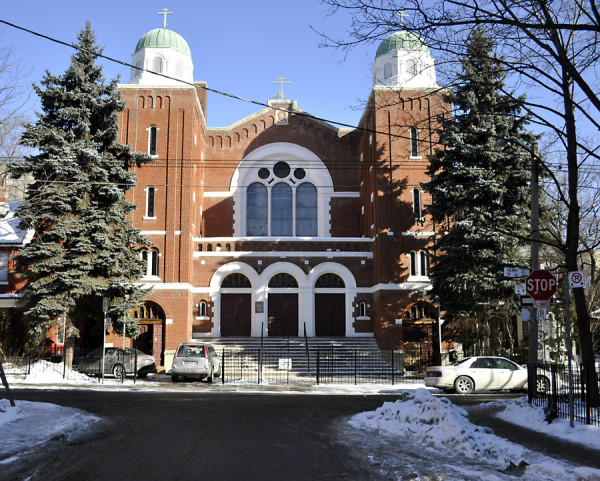
Dedicated in 1927 and otherwise known as the Polishe shul, Beth Jacob could accommodate 800 worshippers. With congregants steadily moving northward in the 1950s and 1960s, Beth Jacob was sold to Holy Trinity, a Russian Orthodox church.
Brown designed the Primrose Club — a Jewish men’s institution founded in 1909 — in the 1920s in Georgian Revival style. The property was bought by the University of Toronto in 1959 and converted into its present-day Faculty Club.

Apart from these commissions, Brown designed apartment buildings and semi-detached and single-family homes. From 1931 to 1932, he lived in a Tudor Revival home on Castle Frank Avenue, near today’s Greektown. He built it for his fiancee, but she went back to Denmark and apparently broke his heart.
One of his most notable clients, Mendel Granatstein, was the wealthy Polish-born founder of a rag-sorting business and a founding member and longtime president of Beth Jacob Synagogue. Brown designed a three-storey Georgian mansion for him at 42 St. George Street, just north of College Street, in the heart of what was then Toronto’s Jewish neighborhood. Bought by the University of Toronto in 1947, it was demolished in 1999.
Brown also designed sleek store exteriors and interiors, a yeshiva (the Brunswick Talmud Torah) and even gas stations.
In a 57-year career, he designed almost 100 new buildings and renovated 50 existing ones. He was partial to Art Deco and Art Nouveau styles, but mastered the elements of Gothic, Craftsmen, Colonial Revival, Tudor and Romanesque architecture.
Toronto art critic Marta O’Brien says he was a master of proportion. Jack Diamond, one of Toronto’s most prominent architects, also has some nice things to say about him.
Brown was born in Grodno, Lithuania, the son of Meyer and Tema Brown, who immigrated to Canada in the late 1890s.
After working in a garment factory to help his impoverished parents, Brown enrolled in the Ontario College of Art and Design with the intention of becoming an artist. When he realized that art would not be financially feasible, he finished high school. After graduating from the University of Toronto, he opened up a practice with Robert McConnell, but the partnership broke apart in the early 1920s.
Brown, who never married, came of age in an era when open antisemitism was abysmally common in Canada. As a result, virtually all his clients were Jewish. He did well by them, but the great Depression and World War II disrupted his career considerably. He retired in 1955 and lived for another 19 years.
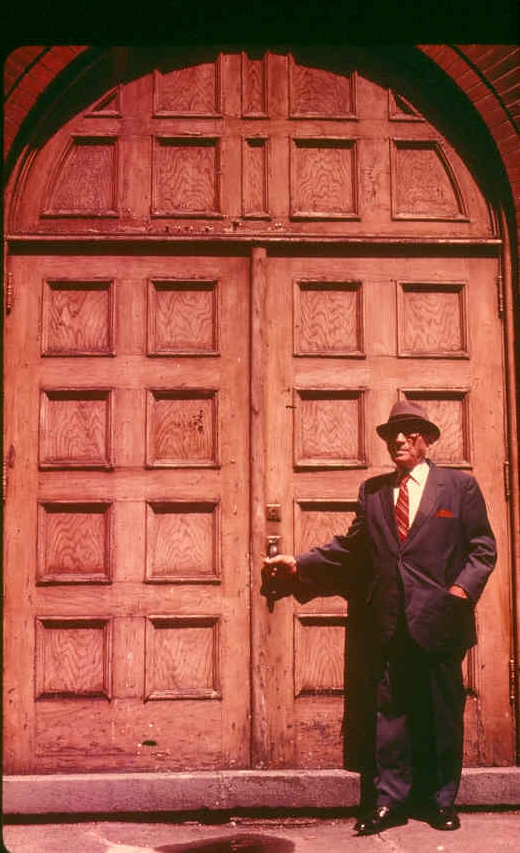
The exhibition at the Urbanspace Gallery, the first one about Brown, saves him from the obscurity into which he was plunged after his death. It’s a timely tribute to a remarkable talent, but his extraordinarily fine buildings, particularly those in the garment district, will likely perpetuate his memory.
